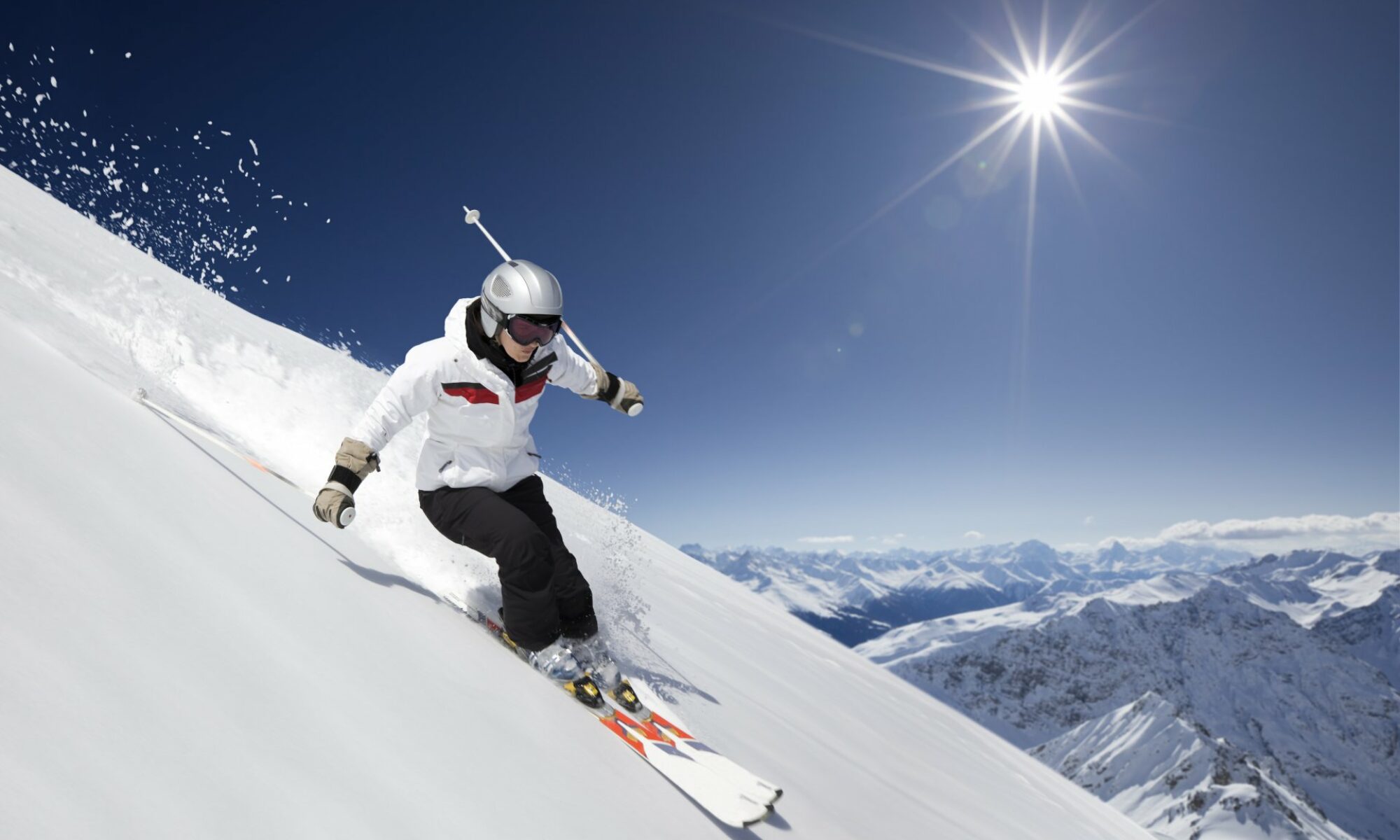Our Mission
Current devices that provide aid to skiers with disabilities, provide limited to no feedback to the users and therapists. One such device is a snow slider, which targets users with motor disabilities. As such, a show slider that provides feedback into how the user is helped by the device must be developed.
Background
Snow sliders are typically used for people with reduced balance, strength or endurance. What use of this device provides is additional support and balance that aids the user in the activity of skiing. Sometimes, the device is used as a stepping stone to using outriggers (another assistive device that provides less support) [1]. For this device, the focus would be on adult (fully grown) mild to moderate cerebral palsy patients as well as others looking to use the device as a learning tool for eventually using outriggers. As such, the data from the force sensors will likely be used by caregivers and instructors to help determine when the patient is ready to move on to outriggers and the reduced support they provide.
The devices on the market currently have several problems that make them difficult to use and access. For one, the devices on the market currently are rather expensive. The cheapest that was found costs $1600 and was produced by freedom factory slider [2]. These devices are also rather wide. This presents an issue in that they are too wide to fit on the most common surface lifts [2,3]. This means that the easiest terrain is more difficult to access for patients that use these devices.
Frequently people with mild CP eventually move on to less restrictive assistive devices known as outriggers. Currently, the decision to make this jump is made by physical therapists and ski instructors. However, they have limited data that shows how ready the user is to make this jump. Force sensors are currently used in walkers for gait analysis [4]. By incorporating these sensors into a snow slider, there will be more data providing insight into whether the user is ready to switch to the less restrictive outriggers.
This is something that is not currently on the market and would allow for better care to be provided to the user. Also, typically these devices are owned by ski mountains rather than the end user [5]. By creating a more affordable option that can fit on the surface lifts, accessibility to skiing will increase as the patient will own the device thus allowing for more independence.
Sources
- PSIA Rocky Mountian – AASI (2010), ADAPTIVE EXAM GUIDE for SLIDER [PDF].
- Freedom Factory. Snow Slider Walker. Website.
- Lift Specifications [PDF]. (2018). Magic Carpet Lifts.
- Viegas V, Dias Pereira JM, Postolache O, Girão PS. Monitoring Walker Assistive Devices: A Novel Approach Based on Load Cells and Optical Distance Measurements. Sensors (Basel). 2018;18(2):540. Published 2018 Feb 10.
